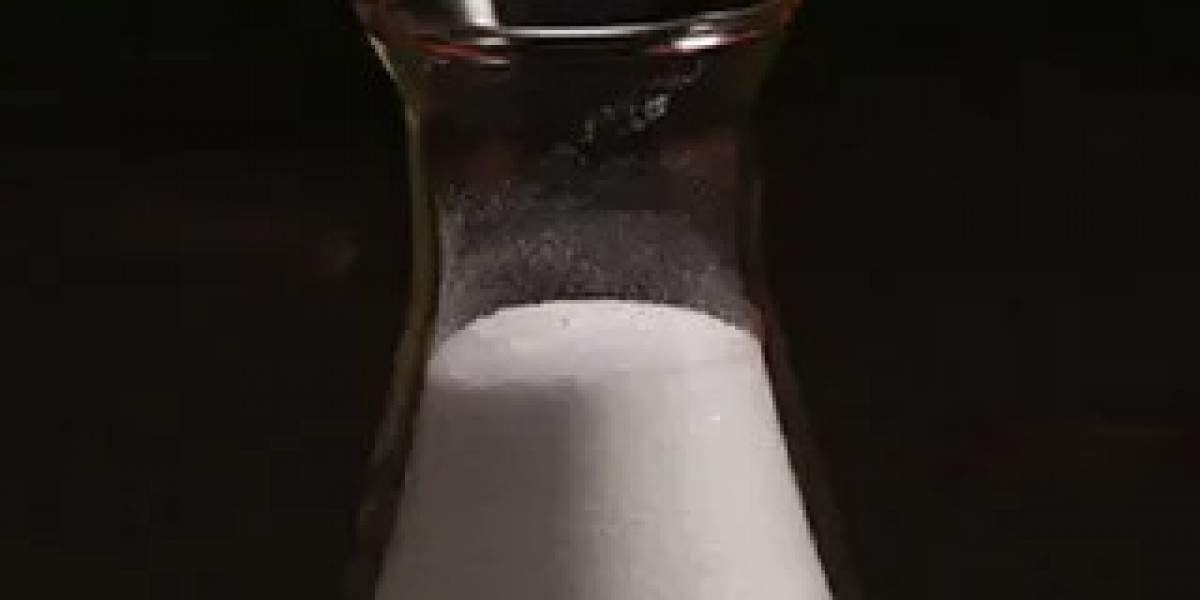What is Succinic Acid and How is it Produced?
Succinic acid, also known as butanedioic acid or amber acid, is a dicarboxylic acid with the chemical formula C4H6O4. This colorless, crystalline solid is found naturally in various plants, including rhubarb, sugar beets, and certain fungi. It is also produced as a byproduct of the fermentation process in the production of wine and beer. However, the primary source of succinic acid for industrial use is through chemical synthesis or microbial fermentation.
The most common method of producing Succinic Acid is through the catalytic hydrogenation of maleic anhydride, which is derived from butane. This process involves the addition of hydrogen to maleic anhydride in the presence of a metal catalyst, resulting in the formation of succinic acid. Another method of production is through the fermentation of glucose or other sugars using specific strains of bacteria or yeast. This bio-based approach has gained popularity in recent years due to its environmentally friendly nature and the use of renewable resources.
Physical and Chemical Properties of Succinic Acid
Succinic acid is a white, odorless, and crystalline solid at room temperature. It has a melting point of 185-187°C and a boiling point of 235°C. The compound is soluble in water and various organic solvents, such as ethanol and acetone. Succinic acid has a molecular weight of 118.09 g/mol and a density of 1.56 g/cm³.
As a dicarboxylic acid, succinic acid contains two carboxyl groups (-COOH) attached to a four-carbon chain. This structure allows it to participate in various chemical reactions, including esterification, amidation, and salt formation. Succinic acid can also act as a chelating agent, forming stable complexes with metal ions.
Applications of Succinic Acid in the Chemical Industry
Succinic acid finds extensive use in the chemical industry due to its versatility and ability to serve as a building block for numerous chemical compounds. One of the primary applications of succinic acid is in the production of polymers and resins. Polybutylene succinate (PBS), a biodegradable polymer, is synthesized through the polycondensation of succinic acid with 1,4-butanediol. PBS is used in the manufacture of packaging materials, disposable tableware, and agricultural mulch films.
Succinic acid is also used in the synthesis of various other chemical intermediates, such as 1,4-butanediol, tetrahydrofuran, and gamma-butyrolactone. These compounds find applications in the production of solvents, plasticizers, and pharmaceuticals. Additionally, succinic acid is employed in the production of alkyd resins, which are used in the formulation of paints, coatings, and adhesives.
Succinic Acid in the Food and Beverage Industry
In the food and beverage industry, succinic acid is used as an acidity regulator and flavoring agent. It is added to various food products, including baked goods, confectionery, and soft drinks, to enhance their taste and improve their shelf life. Succinic acid can also be used as a pH adjusting agent in the production of wine and beer.
Moreover, succinic acid is employed as a food additive in the form of its salts, such as sodium succinate and calcium succinate. These salts are used as flavor enhancers, stabilizers, and emulsifiers in a wide range of food products, including dairy products, meat products, and snack foods.
Pharmaceutical and Healthcare Applications of Succinic Acid
Succinic acid and its derivatives have found applications in the pharmaceutical and healthcare industries as well. Succinic acid is used in the synthesis of various pharmaceutical compounds, such as antibiotics, anticonvulsants, and antihypertensive agents. For example, the antibiotic doxycycline is produced by the chemical modification of oxytetracycline, which involves the use of succinic anhydride.
Get more insights on, Succinic Acid
Get This Report in Japanese Language: コハク酸
Get This Report in Korean Language: 숙신산
Read More Articles Related to this Industry- Fumaric Acid in Food and Beverage Industry: Applications and Benefits
About Author:
Ravina Pandya, Content Writer, has a strong foothold in the market research industry. She specializes in writing well-researched articles from different industries, including food and beverages, information and technology, healthcare, chemical and materials, etc. (https://www.linkedin.com/in/ravina-pandya-1a3984191)










